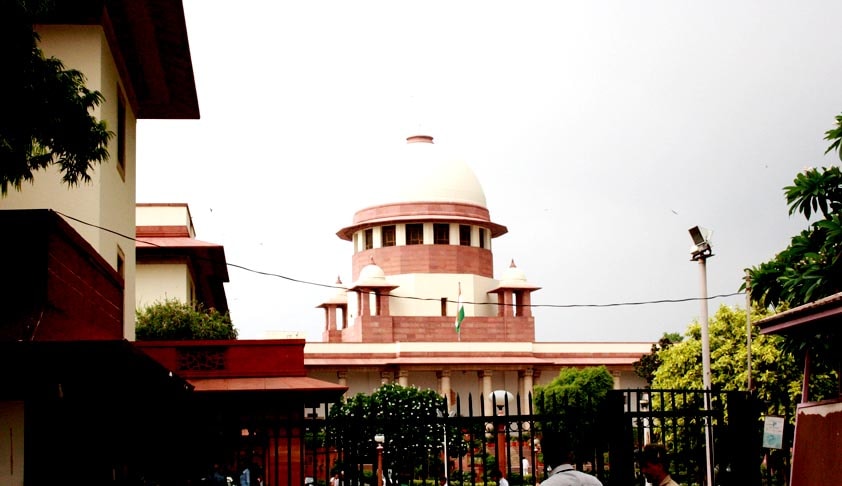Centre Tries To Convince The SC About Its Sincerity In Filling Judges’ Vacancies
LiveLaw Research Team
14 Sept 2016 9:30 PM IST

Next Story
14 Sept 2016 9:30 PM IST
If the number of judges’ vacancies in the high courts is any indication, the challenge before the Centre and the SC Collegium is indeed a logjam, a situation in which you cannot make progress easily, because of the sheer magnitude of the problem. The 24 high courts currently have 485 vacancies, of which 268 are for permanent judges, and 217 for additional Judges. Therefore, the...
